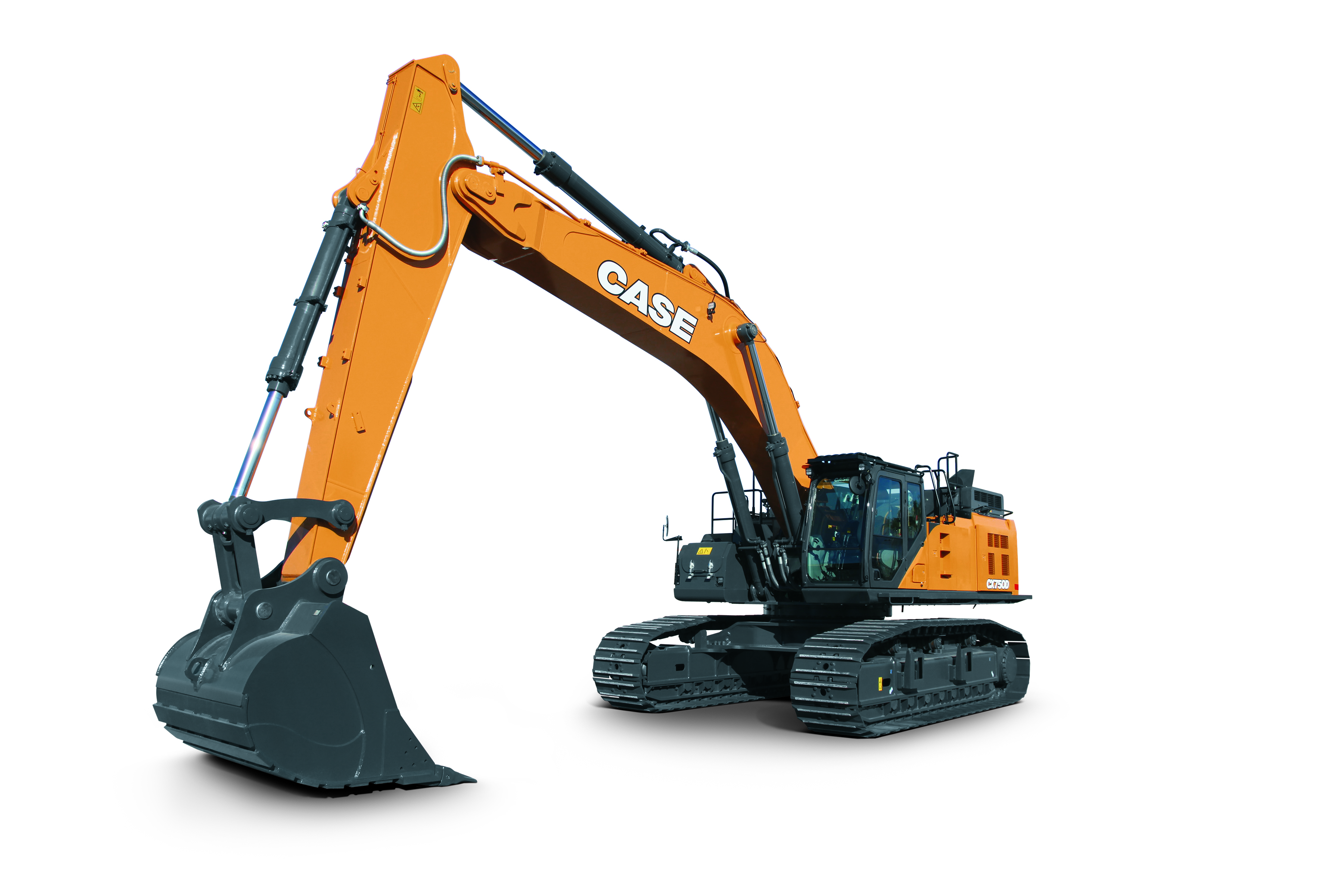
Like all D Series excavators, the CX750D has been built to achieve faster cycle times, improved control/responsiveness and greater fuel efficiency. An electronically controlled hydraulic pump and larger control and solenoid valves boost breakout forces, increase lifting strength and improve responsiveness. These features combine with the CASE Intelligent Hydraulic System and its four integrated control systems to make the best use of the machine’s hydraulic power and momentum, resulting in added strength and fuel efficiency.
The boom and arm, as well as the undercarriage, are all more robust to allow for greater power and productivity, and arm and bucket cylinders are larger to help improve performance. And the machine can be operated in one of three operating modes – Automatic, Heavy and Speed Priority – to provide the optimal and most efficient use of hydraulic and engine power.
The CX750D achieves Tier 4 Final compliance through an innovative combination of selective catalytic reduction (SCR) and diesel oxidation catalyst (DOC) technologies, which helps maximise uptime and performance – all with minimal maintenance. There is no diesel particulate filter (DPF), no DPF regeneration or associated lifetime service costs.














